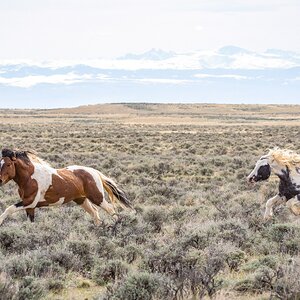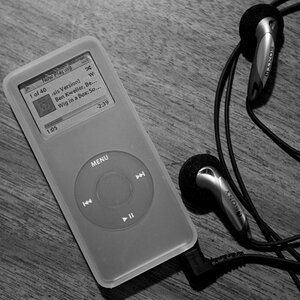bakuretsu
TPF Noob!
- Joined
- Jun 4, 2007
- Messages
- 22
- Reaction score
- 0
After writing my fairly well-received histograms article, a few people took me to task on a statement I made about the difference between making tonal changes in 8-bit versus 16-bit. I've lurked in several threads on the topic and it seems to divide many photographers; unnecessarily, I think.
So I opened Photoshop and I started playing around. I have my way of doing things and I wanted to see if it made any sense at all. Turns out, it does. I think this exploration will be helpful for everyone who is looking for their own optimal workflow, so I wrote another article about it.
How Many Bits? Is Eight Enough?
I'll ask everyone here the same question I asked at the end of the article: what are your workflow preferences when it comes to 8-bit vs. 16-bit? If your camera supports RAW and you shoot JPEG, why? (Another debate in and of itself.)
So I opened Photoshop and I started playing around. I have my way of doing things and I wanted to see if it made any sense at all. Turns out, it does. I think this exploration will be helpful for everyone who is looking for their own optimal workflow, so I wrote another article about it.
How Many Bits? Is Eight Enough?
I'll ask everyone here the same question I asked at the end of the article: what are your workflow preferences when it comes to 8-bit vs. 16-bit? If your camera supports RAW and you shoot JPEG, why? (Another debate in and of itself.)


![[No title]](/data/xfmg/thumbnail/31/31755-9bffabfa76f6307bcd78f535b2421cb5.jpg?1619734993)
![[No title]](/data/xfmg/thumbnail/31/31754-af76ae89cc75bd1855937374ff359efe.jpg?1619734992)

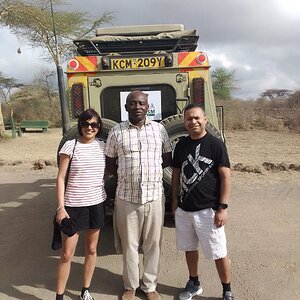
![[No title]](/data/xfmg/thumbnail/31/31752-fcbc5aa4a94154b9c273592aa37b8b1e.jpg?1619734991)
![[No title]](/data/xfmg/thumbnail/40/40285-2ce5915035c220ccb3485030863b62d0.jpg?1619739408)
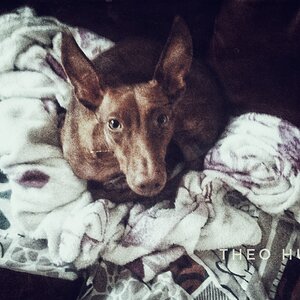
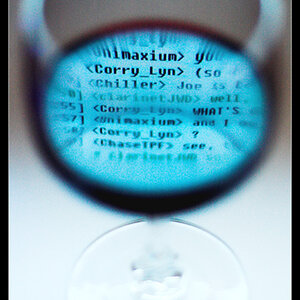
![[No title]](/data/xfmg/thumbnail/35/35263-86f580cf5d28d23109a45984030a79ad.jpg?1619736968)
